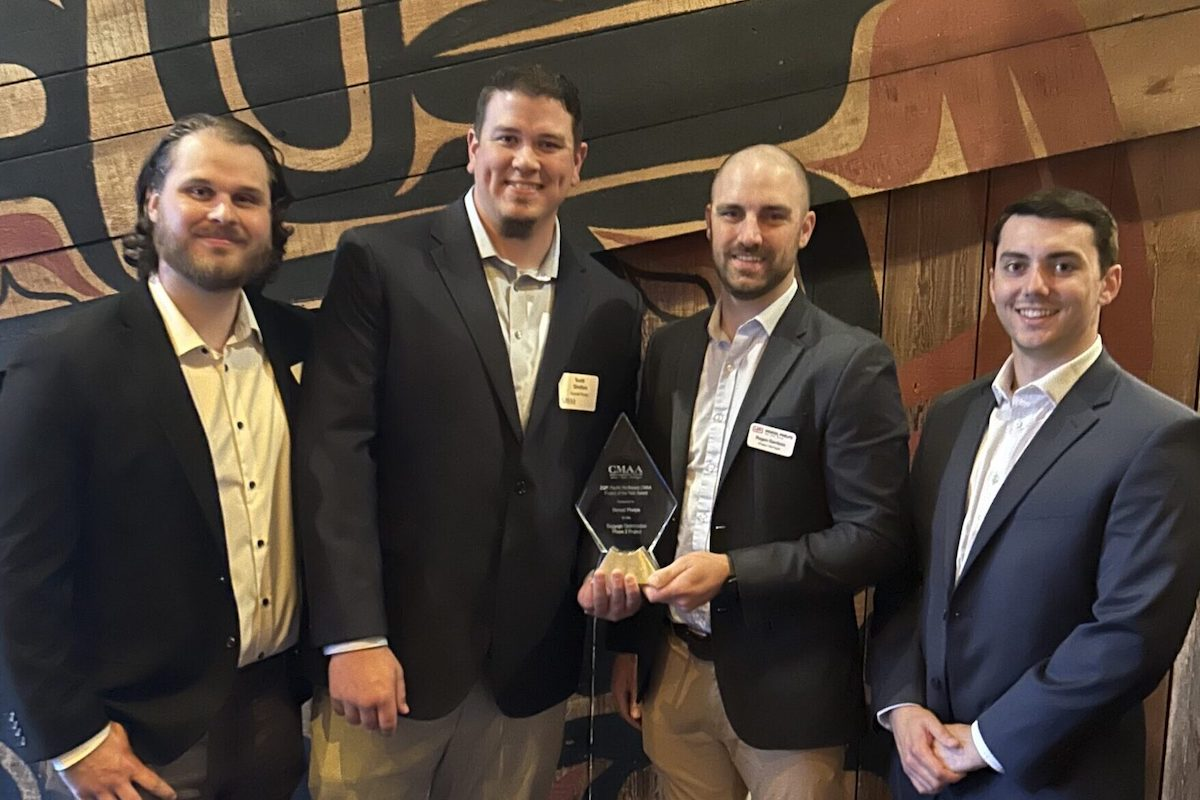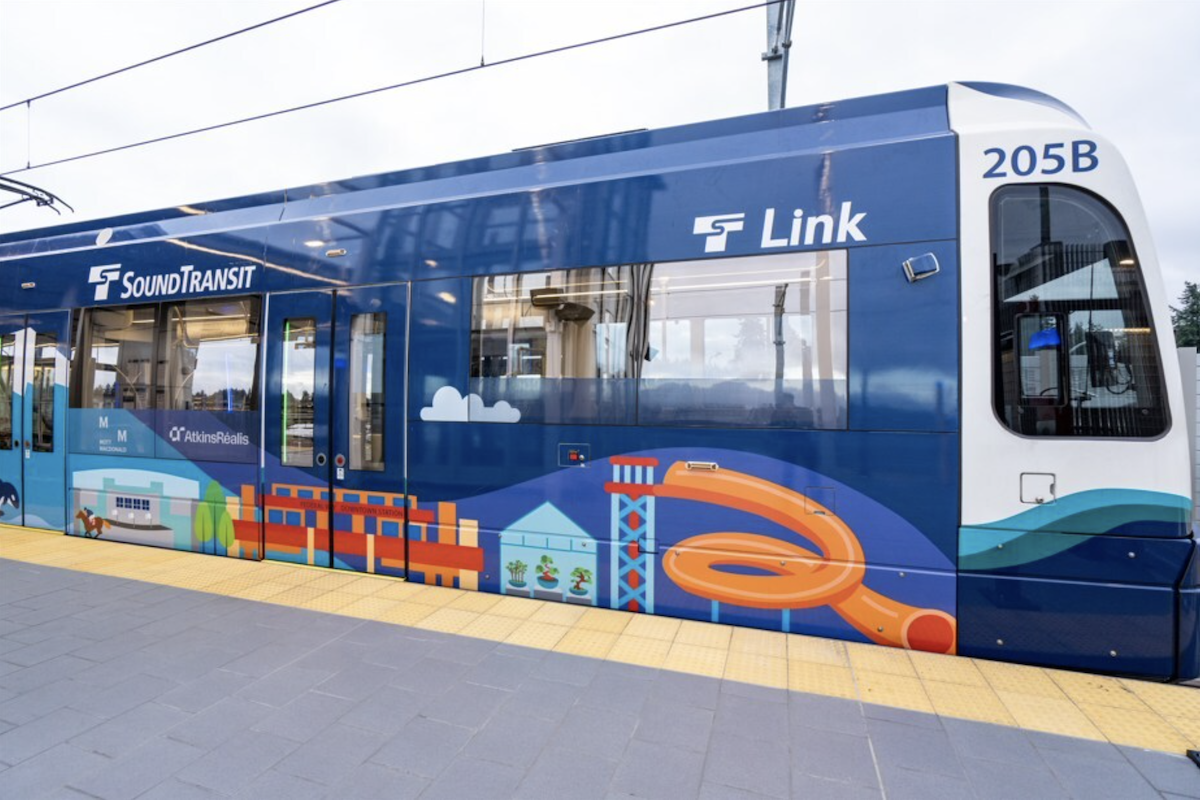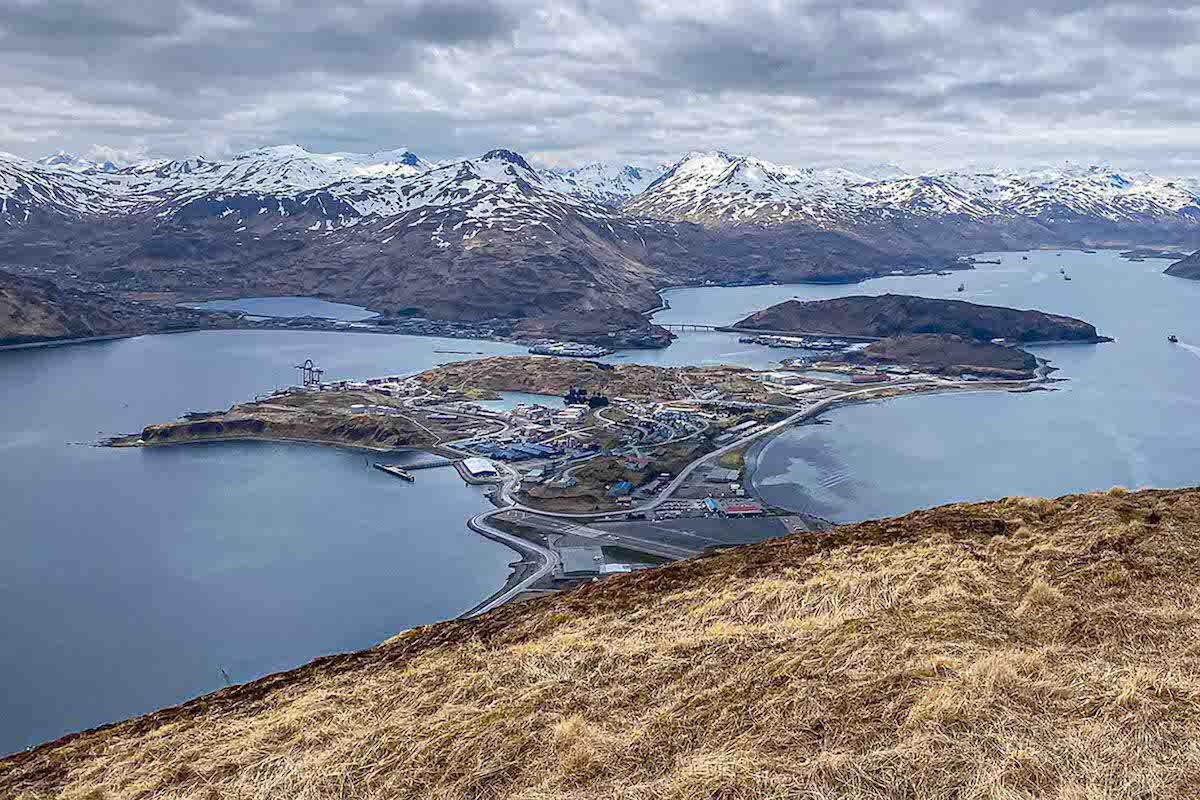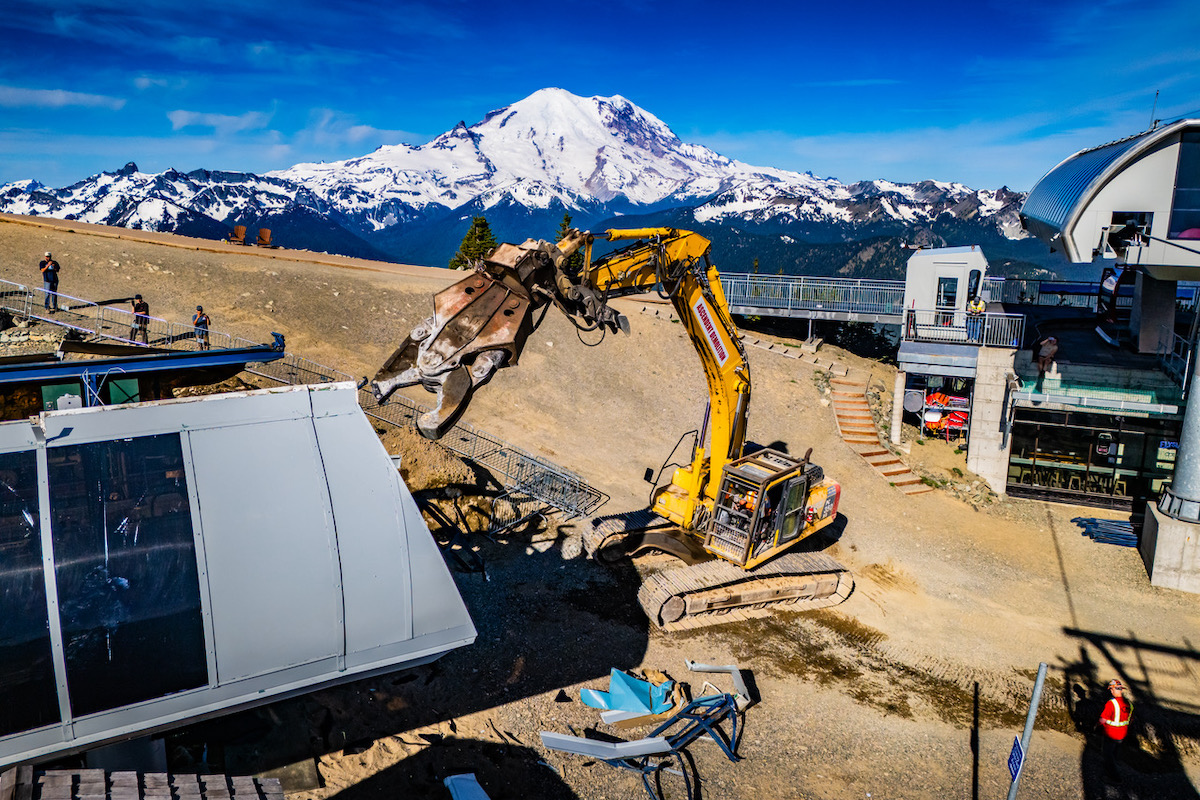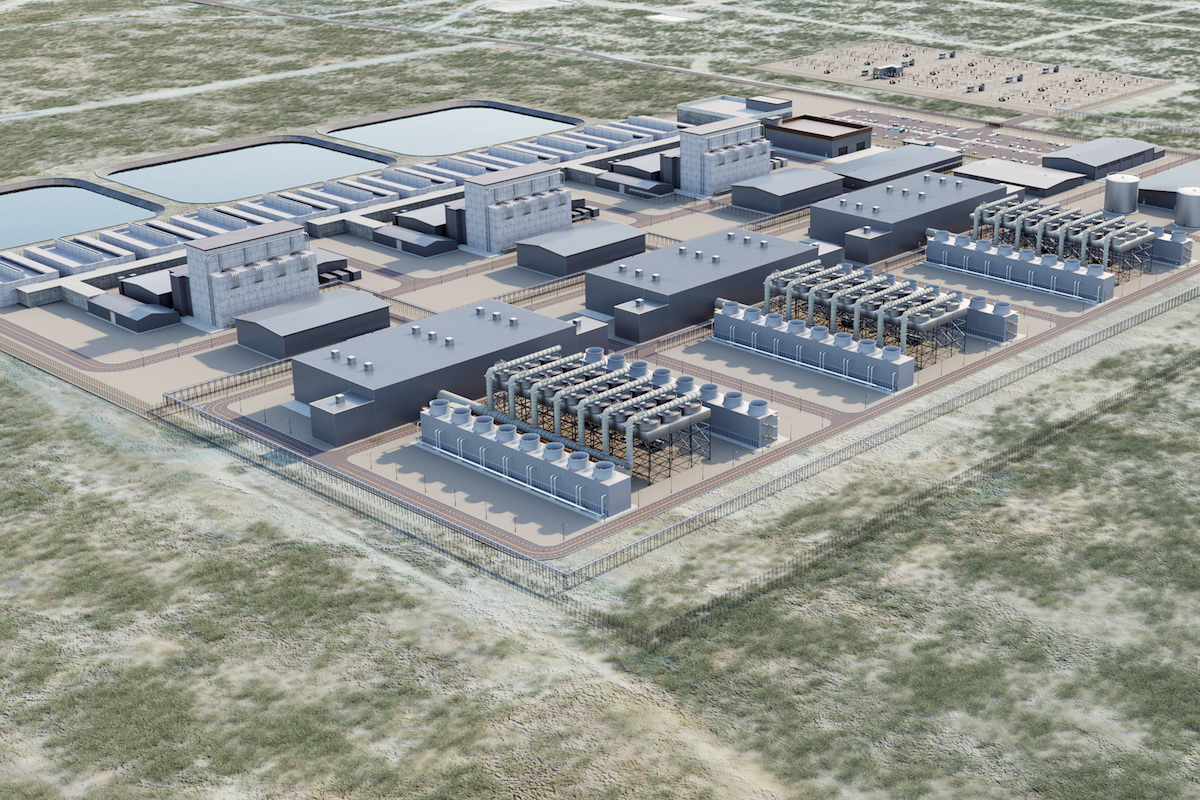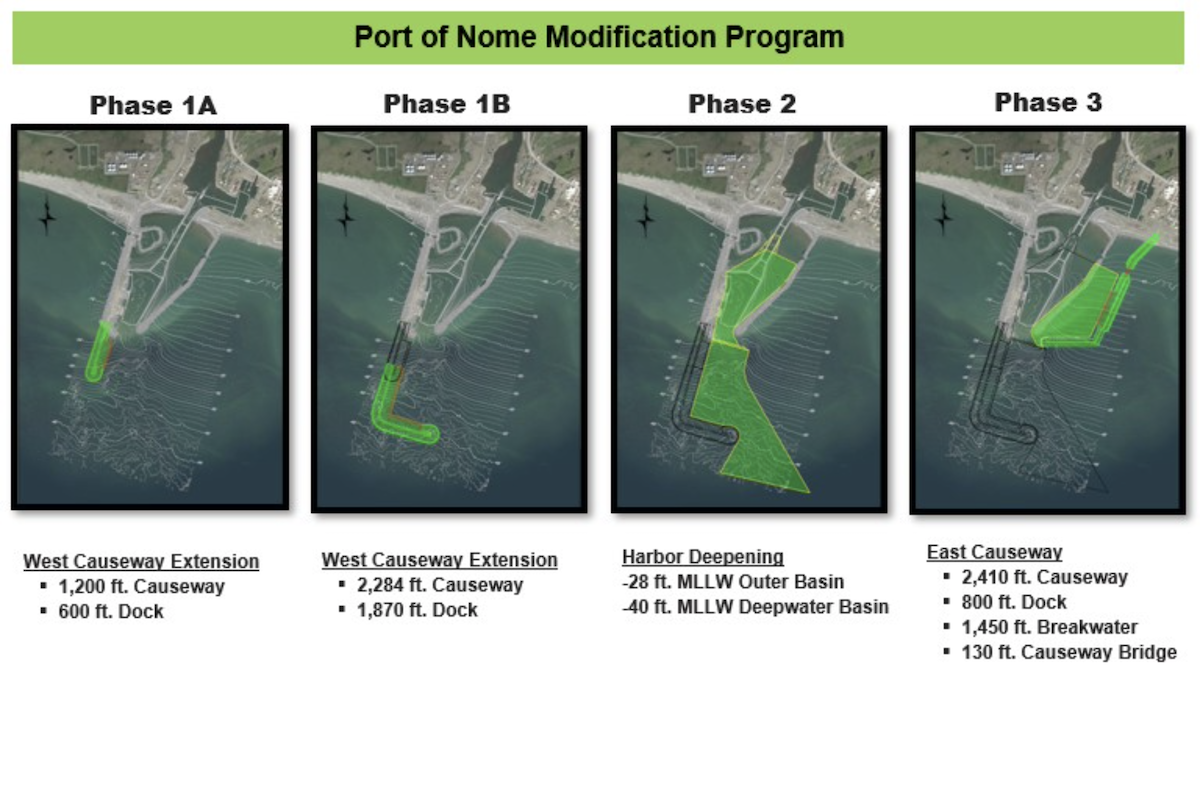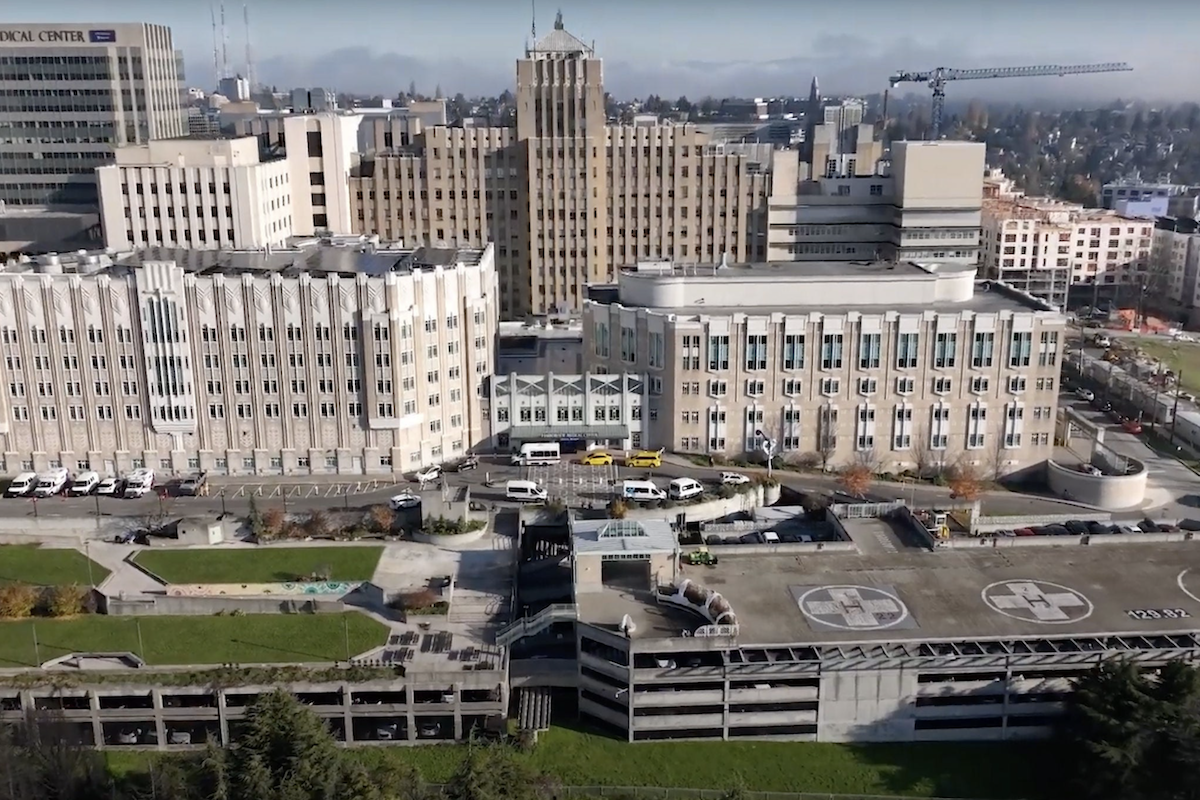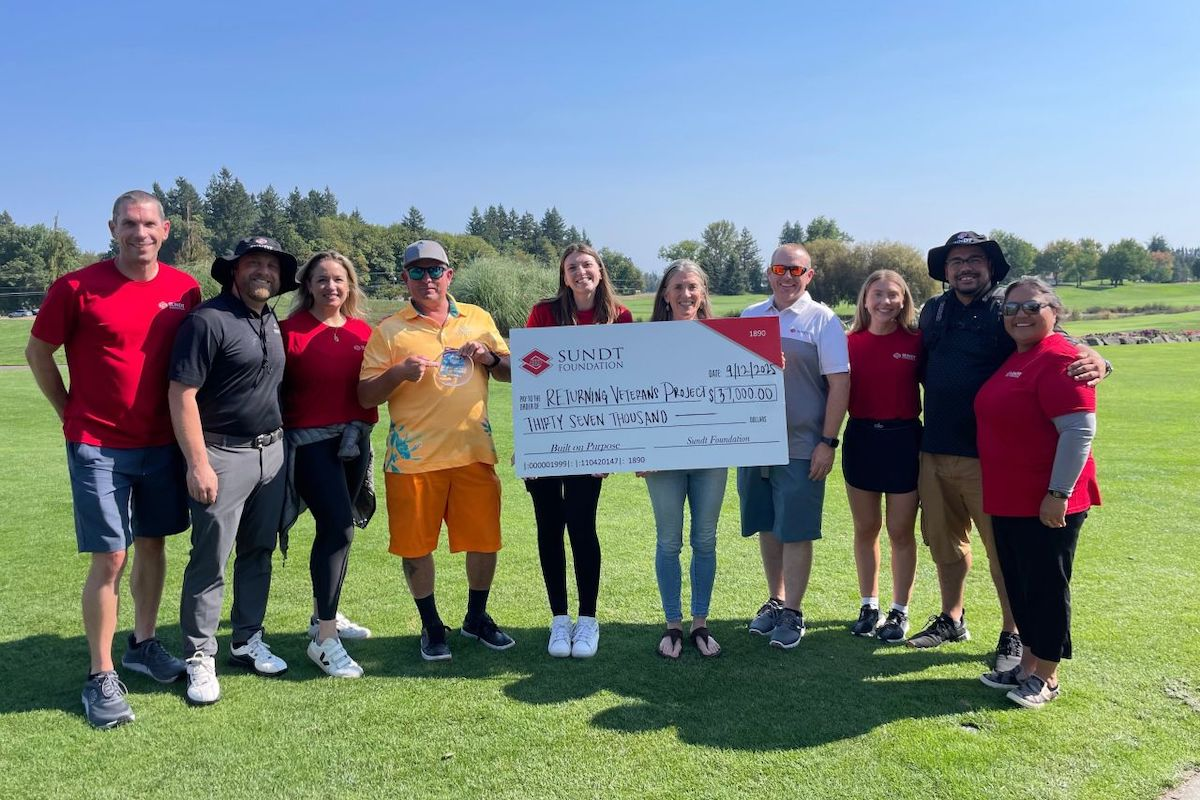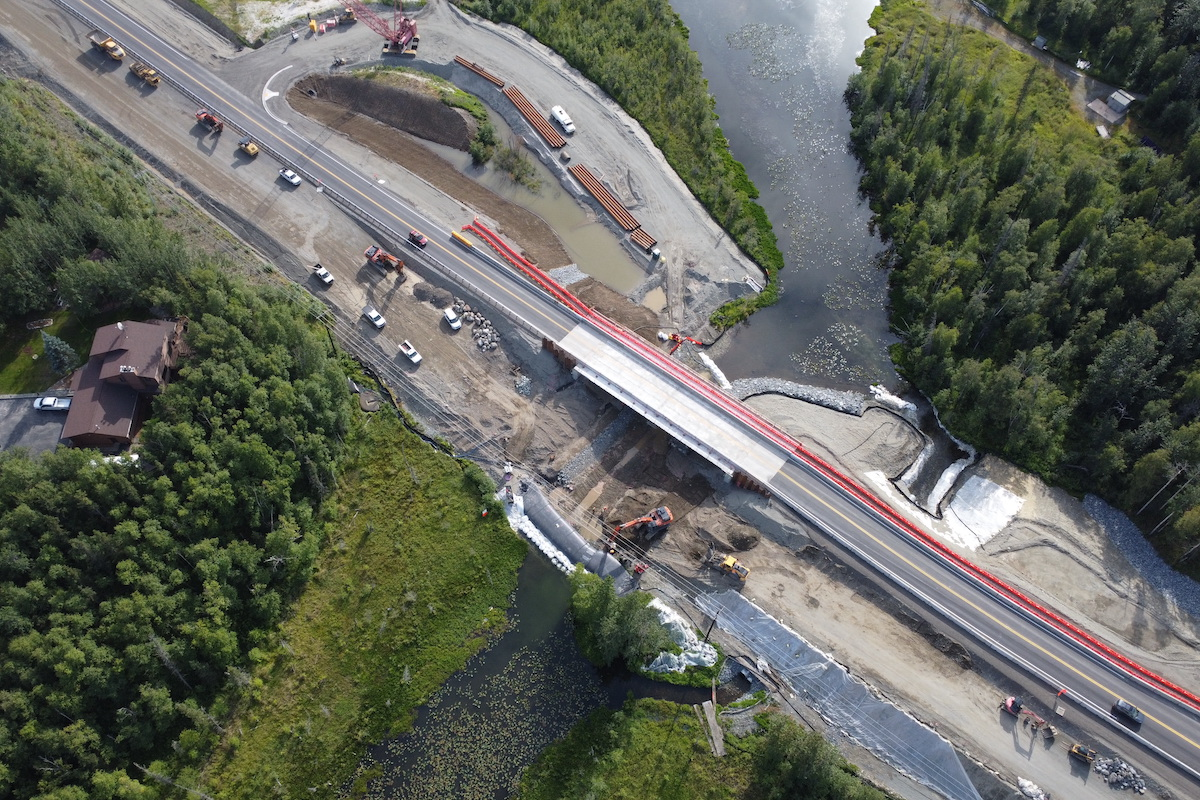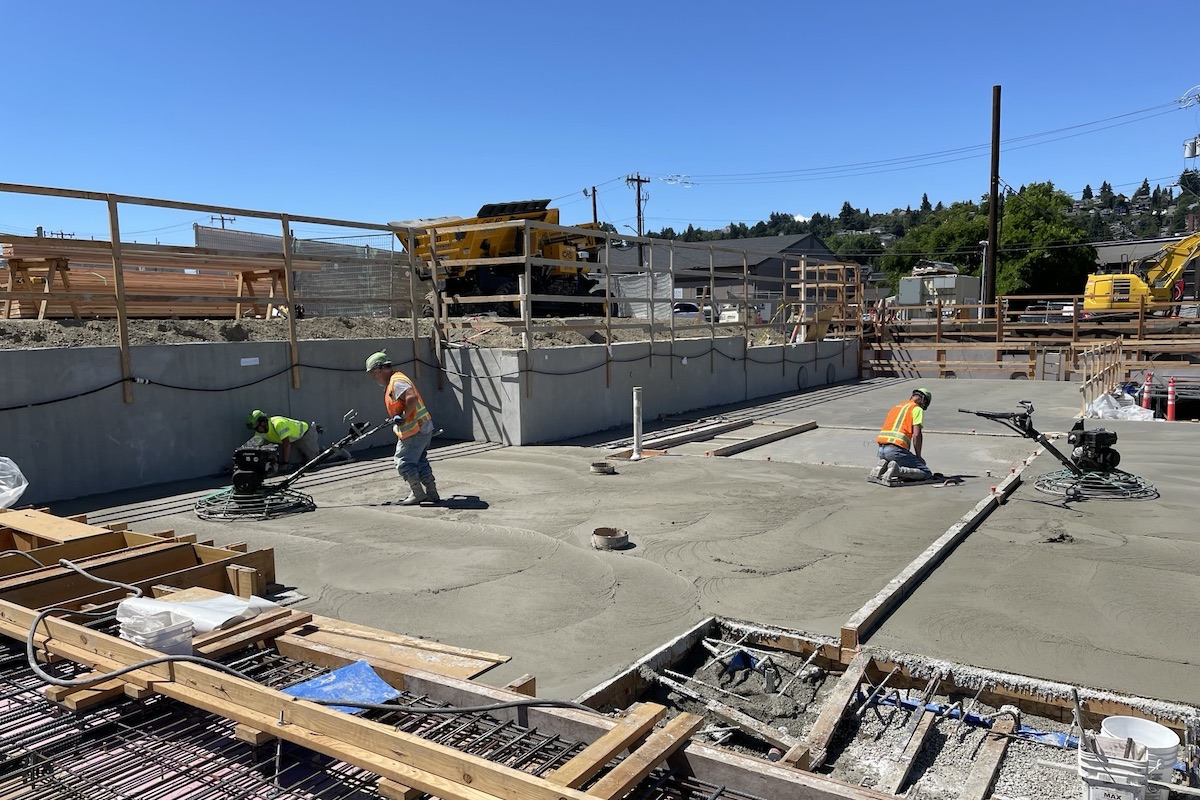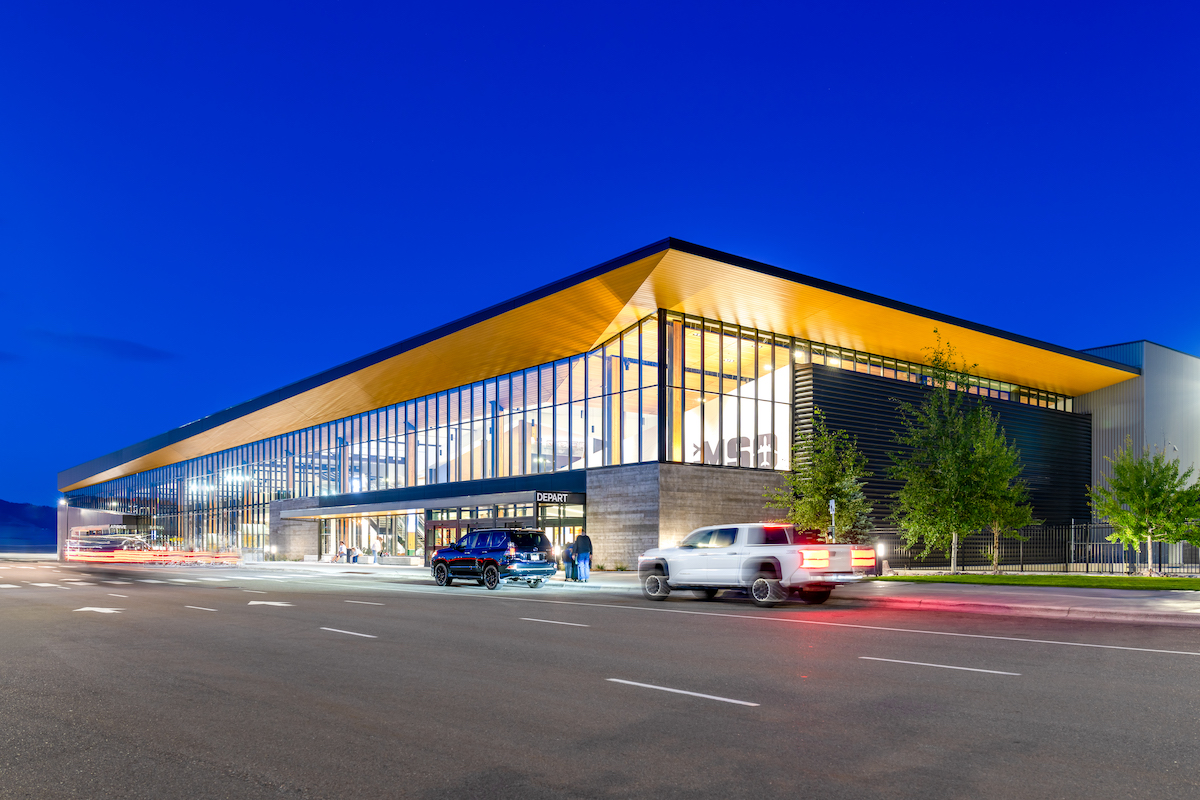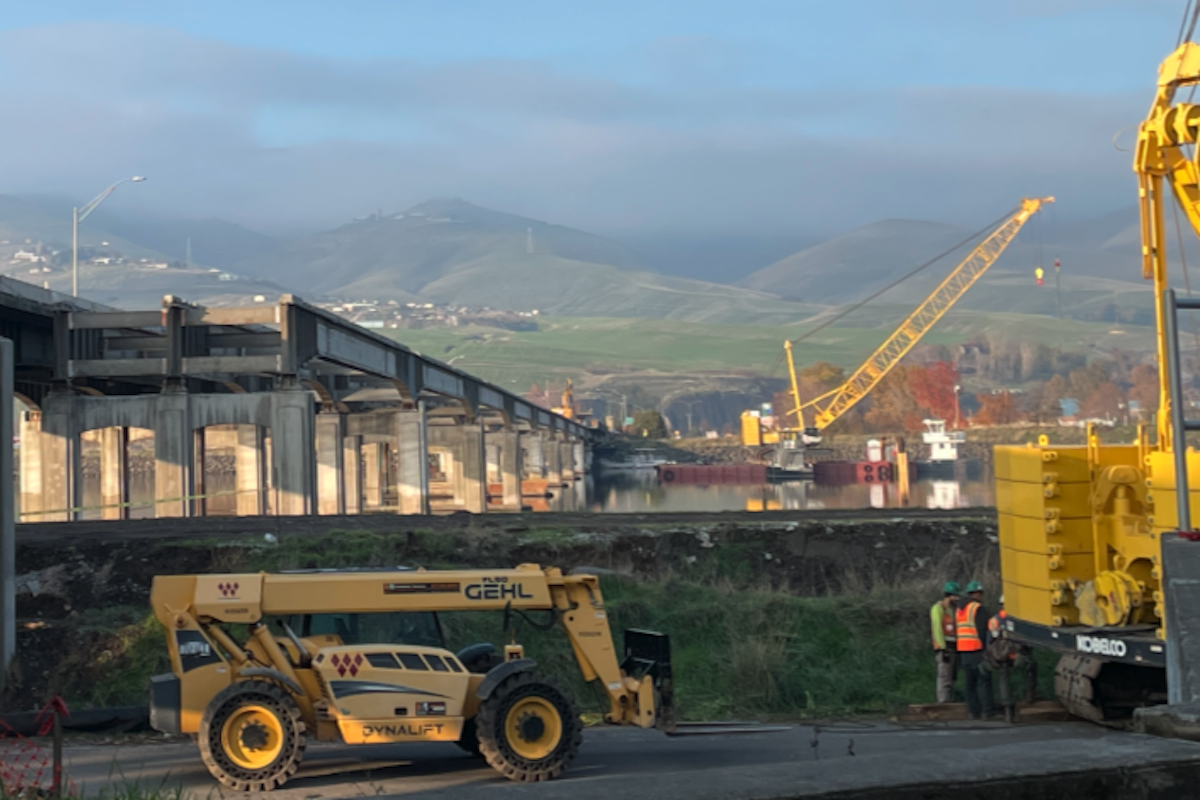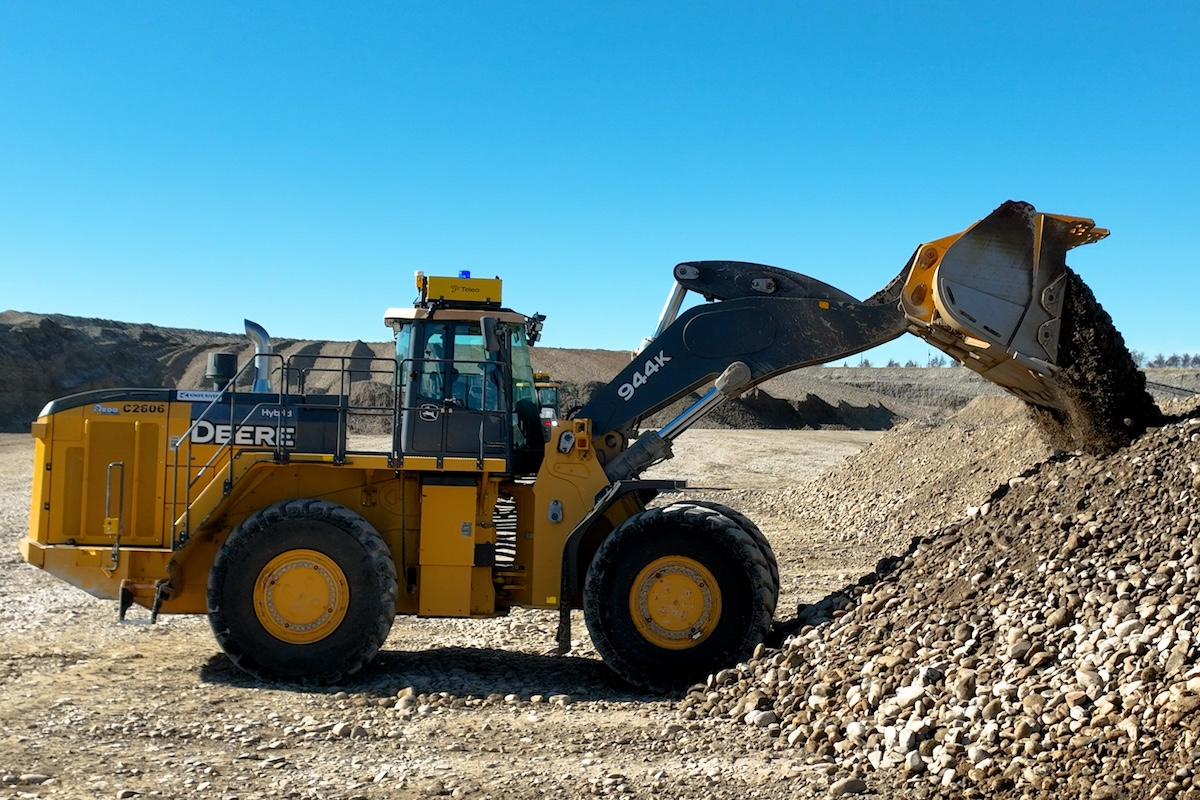As Lance Pomykal, PE, Assistant Area Engineer with the Texas Department of Transportation (TxDOT), observes, “Interstate 35 has become a major route due in part to it connecting together four of the six major Texas cities – Dallas, Waco, Austin, and San Antonio – and connecting much of the oil and gas and freight from the port of Houston to the rest of America along with other goods and supplies. I-35 is also on the FHWA Freight Network, the TxDOT Freight Network, and the Texas Trunk System to encourage rural economic development, as well as the Strategic Highway Network (STRAHNET) for military purposes.”
Increasing traffic along the I-35 corridor – and major state population growth – have made sections of I-35 among the most congested roadways in the state. Traffic demand on the interstate has exceeded its current capacity. To address this challenge, the state has created its revolutionary “My35” transportation planning process, wherein the citizen population plays a major role in developing a blueprint for a safer, smarter, and less congested I-35 corridor. The multiple planned improvements to be generated by the My35 initiative include updating the roadway to current design standards and providing congestion relief for expected traffic increases, with the ultimate goal being an eight-lane interstate spanning the state.
Among the I-35 projects planned or underway is one at Texas's northern border – the I-35 Expansion Project in Cooke County, under the direction of TxDOT's Wichita Falls District, encompasses the addition of lanes, new bridges, and design updates. As Pomykal describes this section of the route, “I-35 passes through a mostly rural Cooke County from Denton County north to the Texas/Oklahoma border. The cities of Valley View and Gainesville are the cities on the interstate with a few others close by. Gainesville is the largest city along the interstate within Cooke County. This part of the interstate carries nearly 55,000 vehicles per day with a projection of 88,000 vehicle per day by 2040. Of this Annual Average Daily Traffic (AADT), 20 percent to 25 percent is trucks carrying goods and supplies throughout Texas and the nation.”
This expansion will run for 22 miles from Mile Marker 1 in Oklahoma to FM 3002 at the Denton and Cooke County line; when finished, this section of I-35 will increase capacity to six lanes of traffic.

| Your local Somero dealer |
|---|
| American Construction Supply |
He points out that the adjacent Denton County phase – 0.7 miles north of FM 3002 to the Denton County line – is a separate project coming out of the Dallas District.
According to Pomykal, Phase 1 of the Cooke County project – a design-bid-build project which started construction in June 2021 – is projected to be complete in December 2024. Phase 2 is projected to start in June 2024 and finish in November 2029, and Phase 3 is projected to start in May 2026 and finish in September 2031. The Denton County phase is projected to start March 2025 and finish in June 2027.
Phase 1 contractors were awarded the project in February 2021 through TxDOT's letting process. For this initial phase, engineering firm CONSOR designed the project and drew up the plans. Austin Bridge & Road and Zachry Construction formed a joint venture to construct the project, while TxDOT's Gainesville Area Office, along with CEI consultant, IEA, Inc. are managing the project construction and budget. Pomykal adds, “Phase 1 is projected at $210 million, Phase 2 is projected at $280 million, and Phase 3 is projected at $187 million. The phase from Denton County line to FM 3002 is projected at $80 million. Funding for each phase comes from various sources that include federal money from the FHWA, state money from TxDOT funding categories, and USDOT Infrastructure for Rebuilding America (INFRA) grants.”
Two new I-35 bridges will be constructed over the Red River, as well as a third new bridge for the northbound frontage road. The existing northbound Red River bridge will be removed, while the existing southbound Red River bridge will be converted into a frontage road. Some interchanges within the project limits will be reconstructed to allow I-35 to cross over. Various ramp modifications will be provided along the corridor as well.
Speicher adds, “Safety enhancements include conversion of the two-way frontage roads to one-way in the rural section, a new alignment of I-35, an upgraded lighting system (from cobra heads to 22 LED hi-mast poles), and replacing the existing CTB (concrete traffic barrier), with blinder fencing and barrier cable system, with a 42-inch single slope CTB.”

| Your local Bobcat dealer |
|---|
| Pape Material Handling |
“The project also includes pedestrian elements to connect the in-town part of the City of Gainesville to the high school,” says Speicher. “There will be drainage enhancements for the curb and gutter sections of in-town Gainesville and culvert extensions and grading in the rural section.”
Municipal enhancements will relocate and upgrade portions of the City of Gainesville sanitary sewer and water services. Also part of the project are mechanically stabilized earth wall panels and signage with lighting for the City of Gainesville and the Medal of Honor Park.
A wide range of earthwork, hot mix asphalt, and continuously reinforced concrete pavement equipment – along with conventional and hydraulic cranes and man lifts – are being utilized on the project, Speicher reports. “They are running GPS grade control for earthwork, HMA, and CRCP and submitting grade reports for owner verification in lieu of setting hubs and string lines.”
As with many such heavy civil projects, tight access for construction is a challenge being addressed in the in-town portion of the City of Gainesville, he adds.
- An improved highway transportation system better equipped to safely handle Texas' growing traffic demand
- Less time wasted in traffic, which means less money wasted on fuel, less air pollution and a higher quality of life
- Thousands of new Texas jobs and billions of dollars added to the Texas economy
“This project is beneficial for the area, to encourage growth and help alleviate the congestion from the increased traffic flow along the I-35 corridor, which will continue to grow,” says Pomykal. “The project will also increase the safety of the traveling public whether it be a local resident or a tourist just traveling through. This will not only benefit Cooke County, but the rest of the State of Texas.”

| Your local Gomaco dealer |
|---|
| American Construction Supply |




















